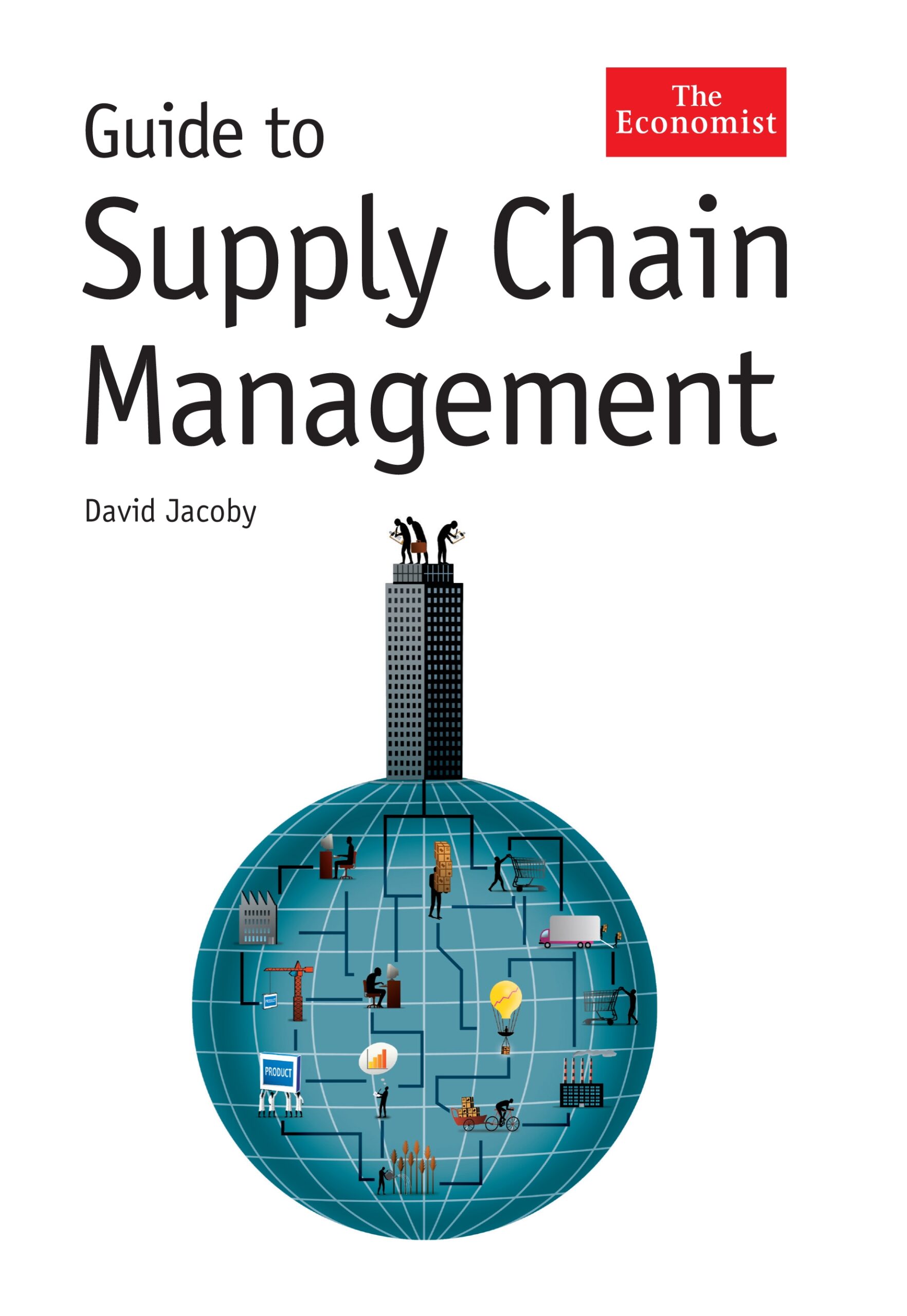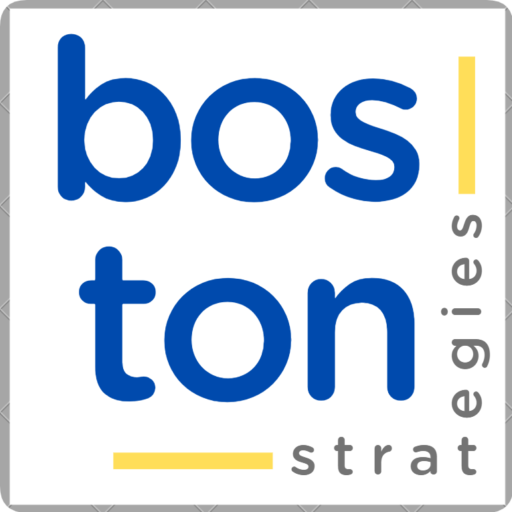Technology Evaluation
The Incentives for Building for Net Zero Business Supply Chain Are Multiplying, and So Are the Costs of Non-Compliance
INCENTIVES (“CARROTS”)
- National and regional carbon neutrality deadlines
- “Inflation Reduction Act” tax breaks for clean energy investment
- National electric vehicle targets
- Battery Materials Initiative
- Bipartisan Infrastructure Bill
- Permitting Action Plan
- Other infrastructure and domestic supply chain incentives
COMPLIANCE (“STICKS”)
- Scope 1, 2, and 3 disclosure laws
- Ban on renewable fuel incentives by 2030
- Ban on Internal Combustion Engine vehicles by 2035
- IMO 2030 and 2050 emissions targets
- Clean Shipping Act
- Investor ESG requirements
- Other national and regional regulations
Meet The Experts
If you are new to decarbonization, take our master class. Through an online asynchronous set of lessons, listed below, you will learn a proven sequence of management decision-making frameworks and optimization tools for eliminating carbon throughout the supply chain. The combination of academic constructs and real-life case studies is designed to equip you to successfully lead your company’s decarbonization program. It concludes with the optional supply chain decarbonization certificate exam.
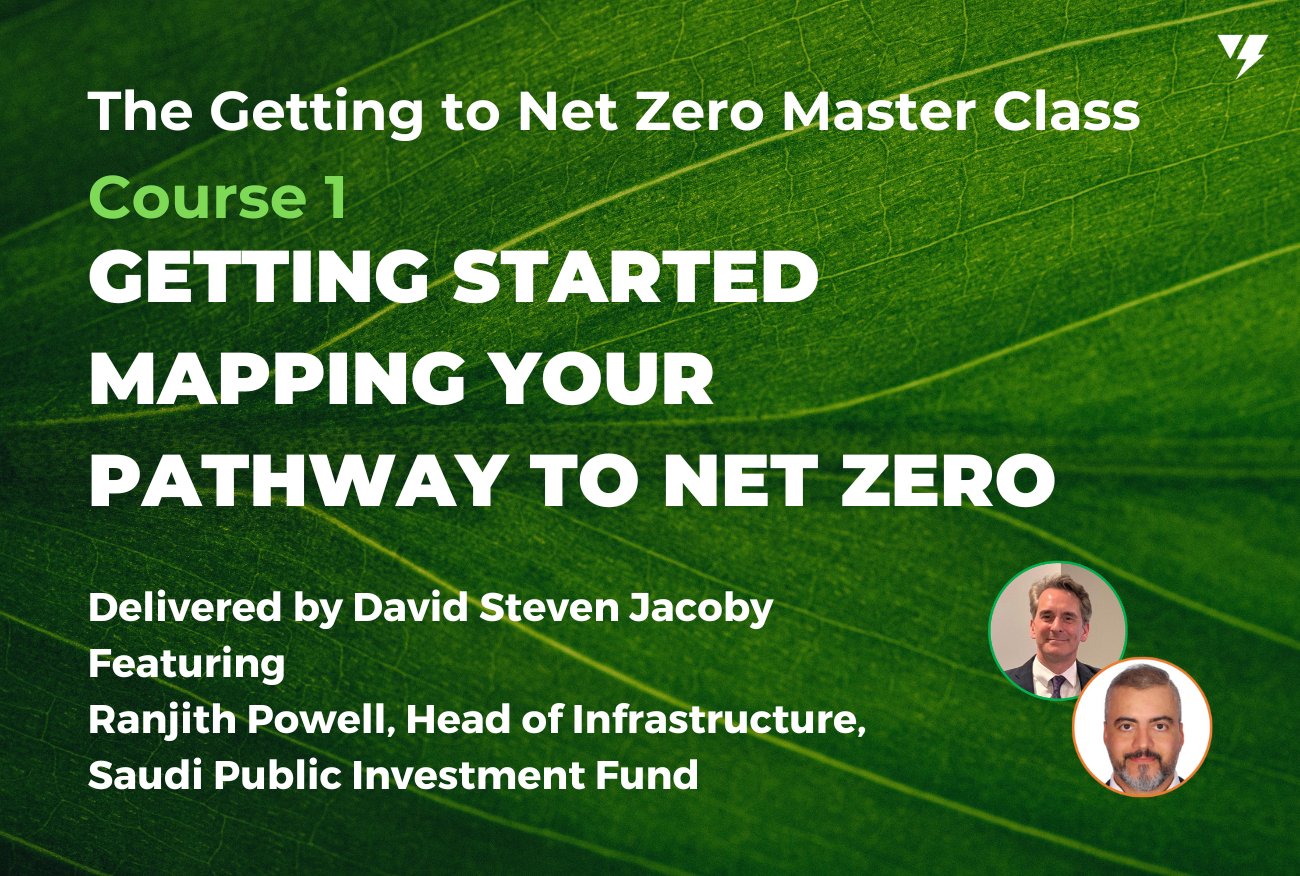
Course 1: Getting Started Mapping Your Pathway to Net Zero
Welcome to your net zero journey. Our master class consists of six courses that will help you get to a Net Zero supply chain by following steps that have been effective at reducing both cost and emissions leading companies around the world. Course 1 is a platform that makes sure you have solid governance, resourcing and timing expectations. Ranjith Powell, Head of Ports and Transport Infrastructure at Saudi Public Investment Fund, will present the lesson about establishing a durable governance structure.
Course 2: Baselining Your Carbon Footprint
Each source of emissions is multiplied by standard emissions factors to estimate how much CH4, CO2, and N2O are emitted for that type of emission. Because we start at specific sources of emission at specific levels of industry-specific value chains, the resulting carbon footprint result is more accurate than a factor-based approach. This lesson includes templates for calculating your carbon footprint, customized to the needs of Oil & Gas, Power, Manufacturing, and Distribution businesses.
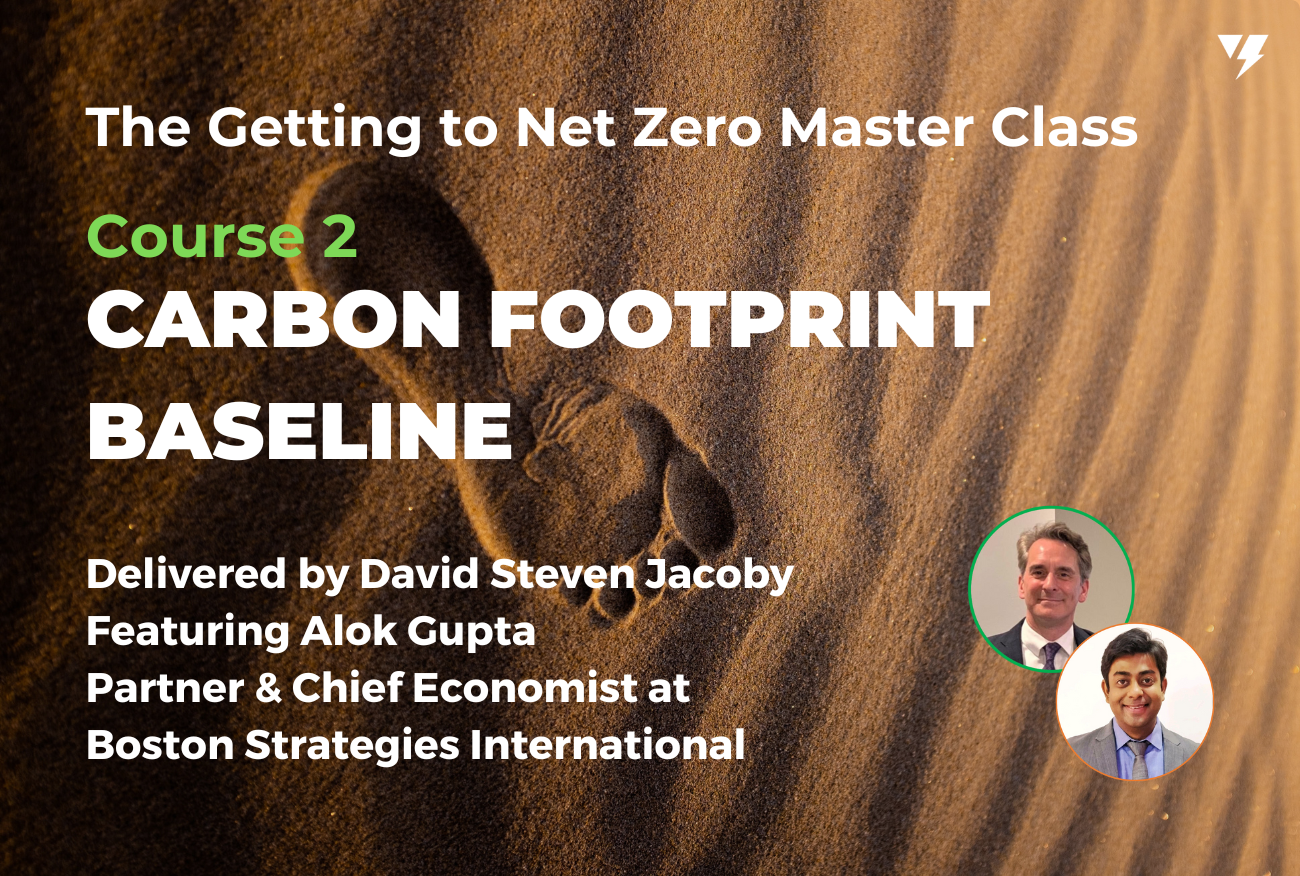
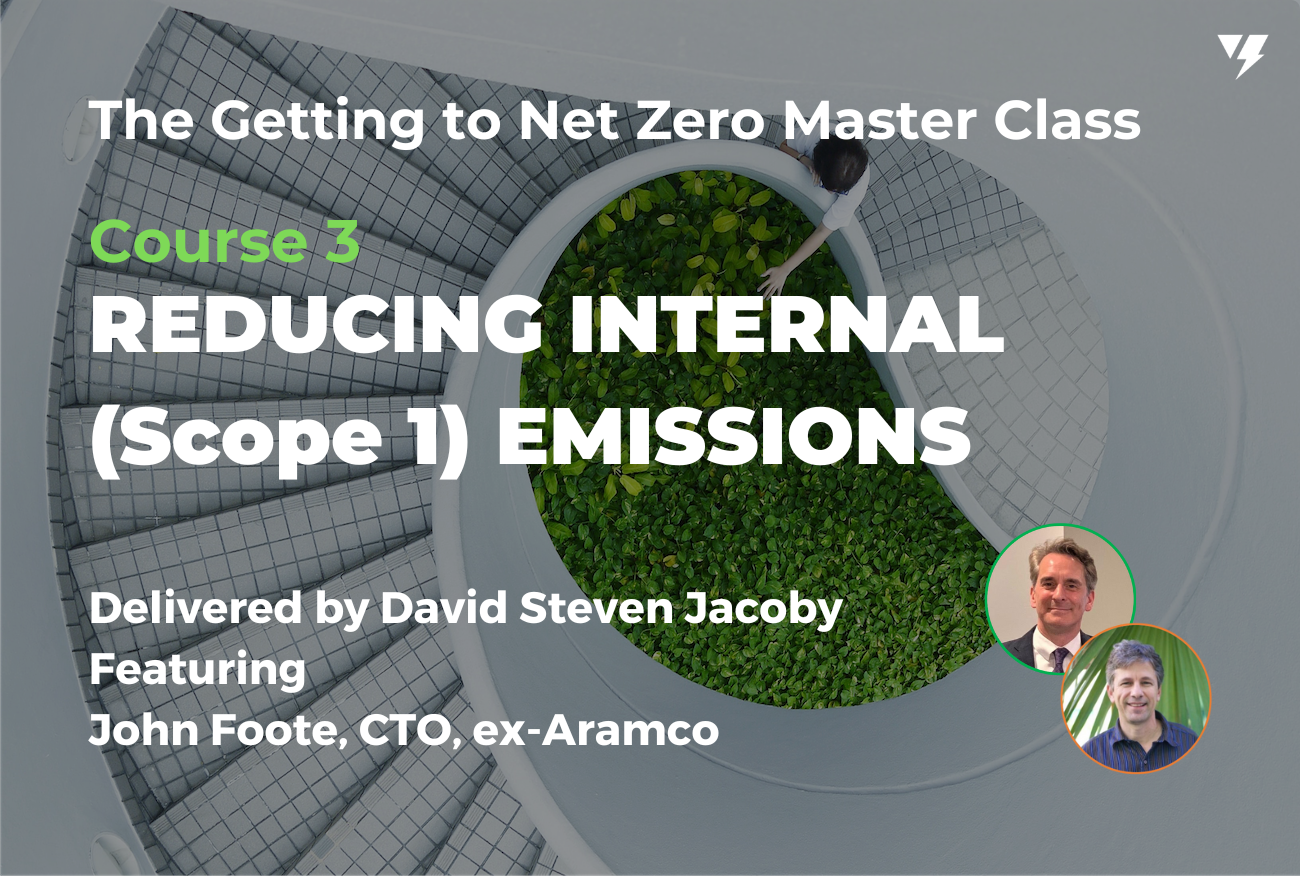
Course 3: Reducing Scope 1 Emissions
This course helps you assess process improvement methods to determine which ones will be winners for you. It also helps you learn how to decide whether to adopt clean energy technologies such as battery storage and hydrogen fuel cells.
In addition to yielding concrete decarbonization action steps, this module should be an educational journey, and it will help you learn about your organization’s potential to be more effective.
Course 4: Reducing Scope 2 Emissions
Bernard Arratieg of ULTIWATT talks about “How to Reduce Power Cost by Lowering Energy Intensity.” Giles Taylor, President of Trans-solutions, speaks about “how to reduce fuel cost through transport optimization?” Jacob Knowles, Director of Sustainable Design at BR+A Consulting Engineers, talks about “How can we reduce the cost of buildings through green design.” Finally, Fritz Troller, CEO and co-founder of Therm, discusses how to access clean energy offsets and credits.
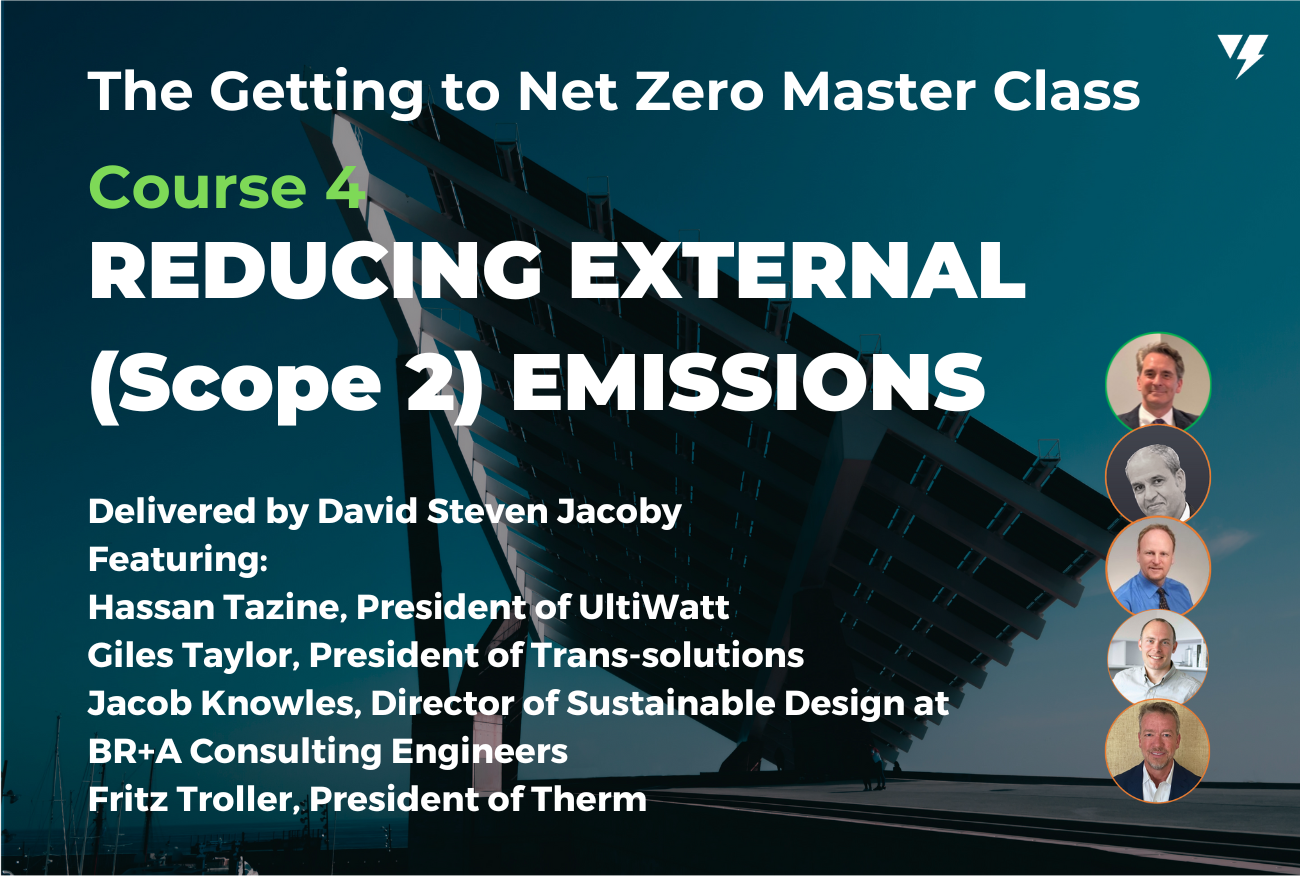
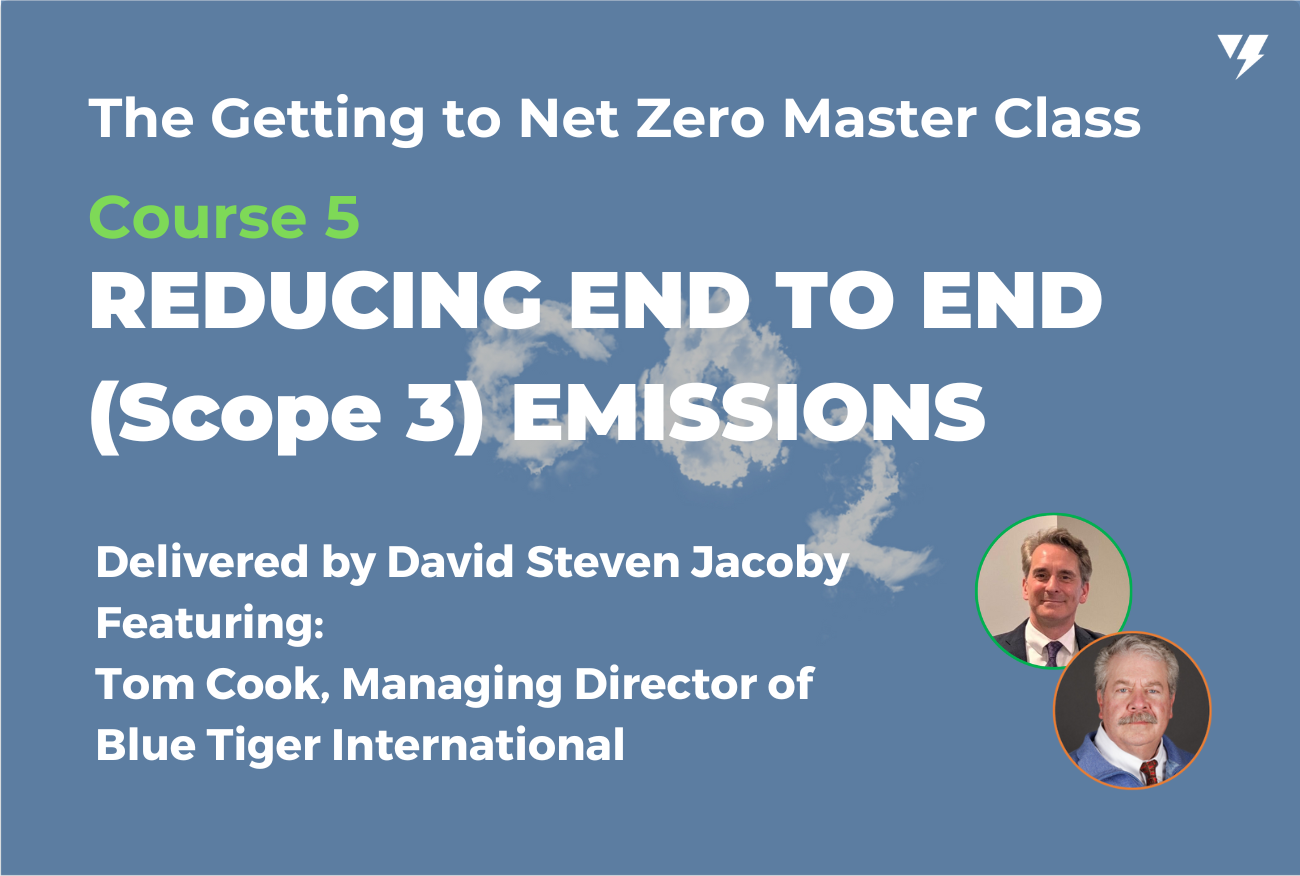
Course 5: Reducing End to End (Scope 3) Emissions
Reducing emissions at suppliers and customers is the most challenging aspect of supply chain decarbonization. This course addresses the challenge head-on by bringing data and tools to design products and services for low-carbon throughout their lifecycles, and describing ways to incentivize suppliers to collaborate on lowering carbon footprint.
Tom Cook, Managing Director of Blue Tiger International, shares how to reduce carbon footprint by optimizing the global supply chain network. Julia Salant, Director of Carbon Solutions at Ecovadis, discusses “How to Incentivize Supplier and Stakeholder Collaboration.
Course 6: Developing Your Net Zero Plan
This course helps you quantify the benefits and the costs of “getting to net zero.” It includes dozens of frameworks and an Excel modeling template. Spoiler alert: Getting to Net Zero is Possible and Highly Profitable! David Steven Jacoby, Senior Fellow at Boston University and author of numerous books such as Reinventing the Energy Value Chain, delivers the class. George DiRado, a CFO with deep experience at major publicly traded corporations and private equity, explains how to present financial results to stakeholders.
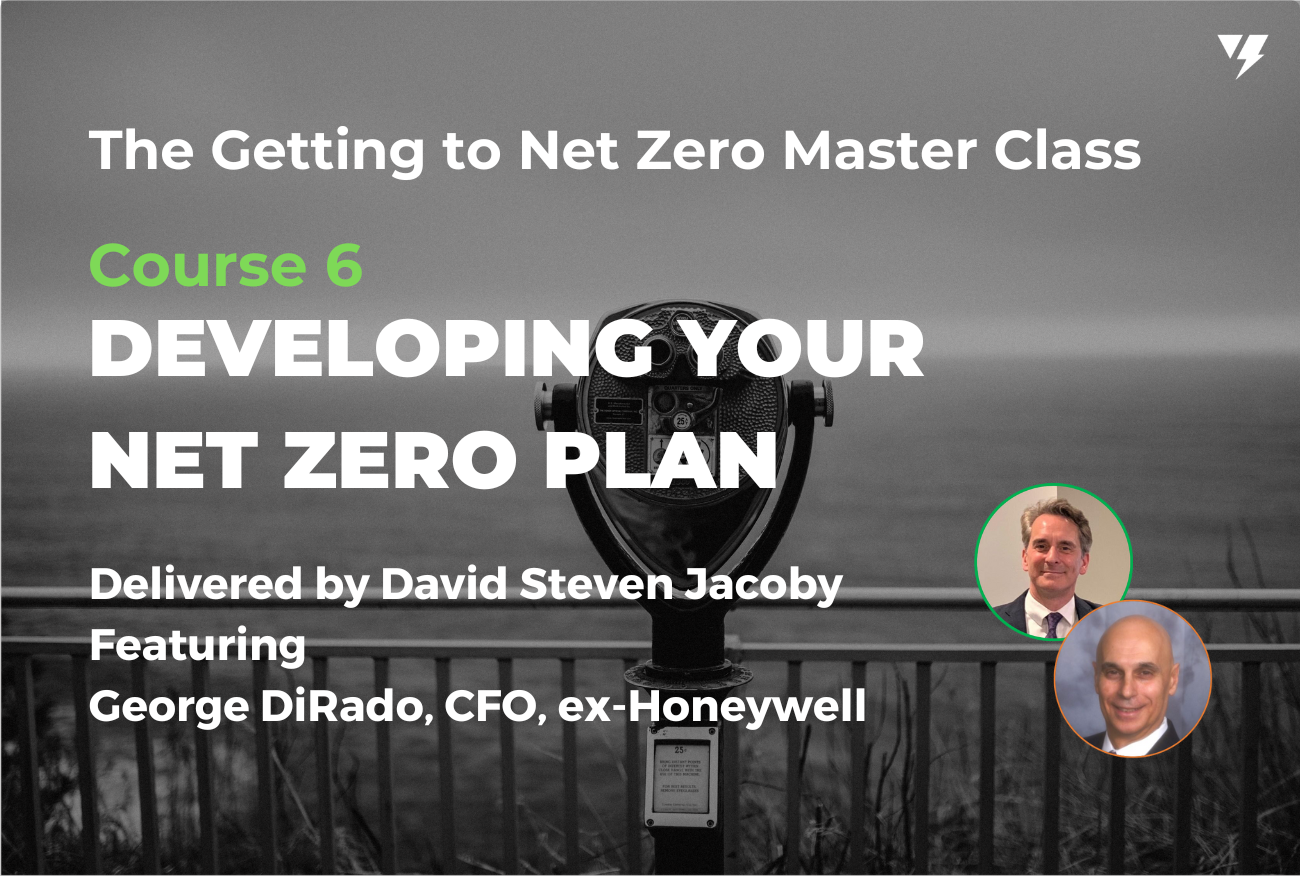
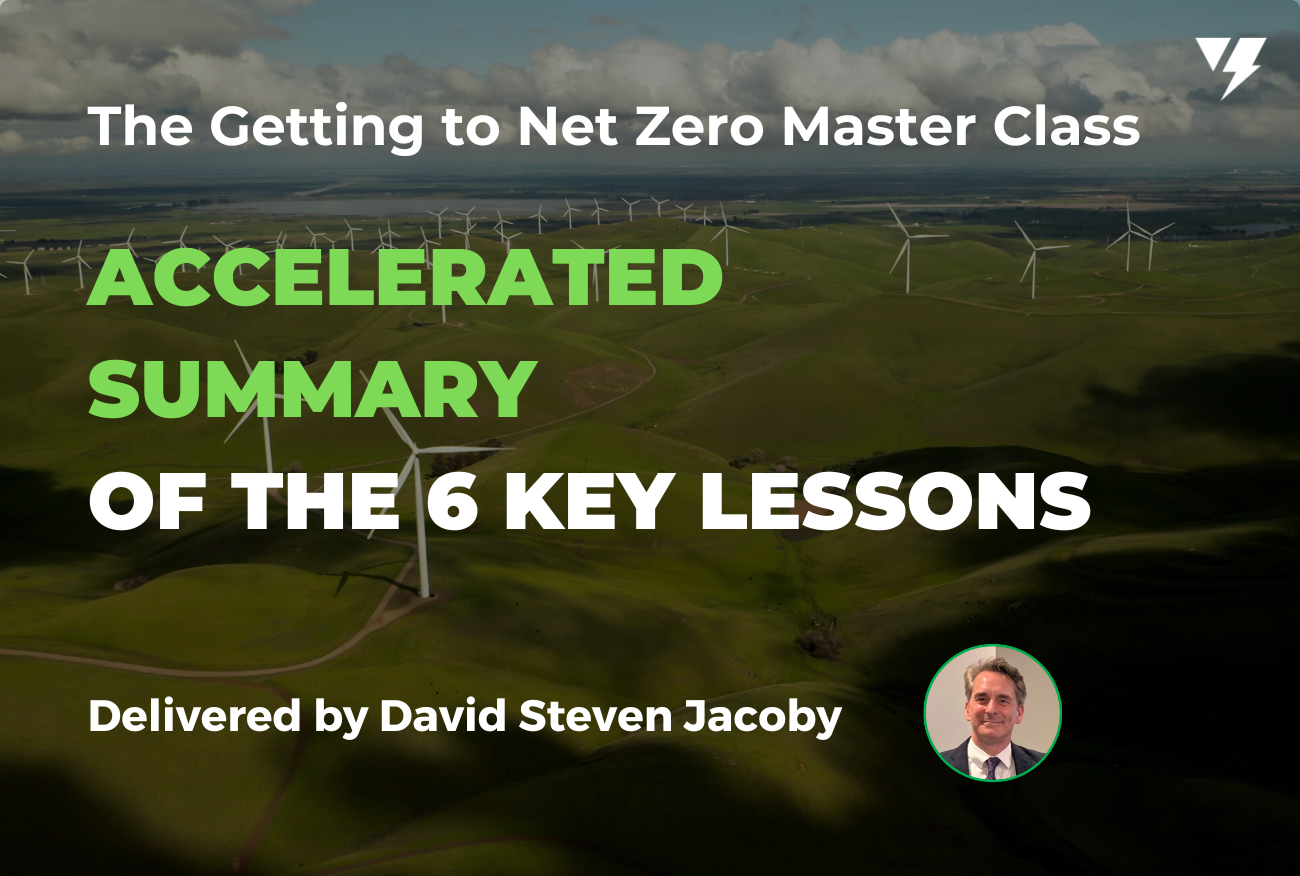
Course 7: Accelerated Summary of the 6 Key Lessons
Summary Version of the 6 Key Courses:
1: Getting Started Mapping Your Pathway to Net Zero
2: Carbon Footprint Baseline
3: Reducing Internal (Scope 1) Emissions
4: Reducing External (Scope 2) Emissions
5: Reducing End to End (Scope 3) Emissions
6: Developing Your Net Zero Plan
Course 8: Supply Chain Decarbonization Certificate
The certificate exam is a demonstrable proof of mastery of the decarbonization body of knowledge, as well as a valuable credential for those seeking jobs in the domain. It is an online assessment consisting of a variety of question types (multiple choice, matching, short answer, etc.). The certificate exam is included in the All-in-One bundle or a la carte.
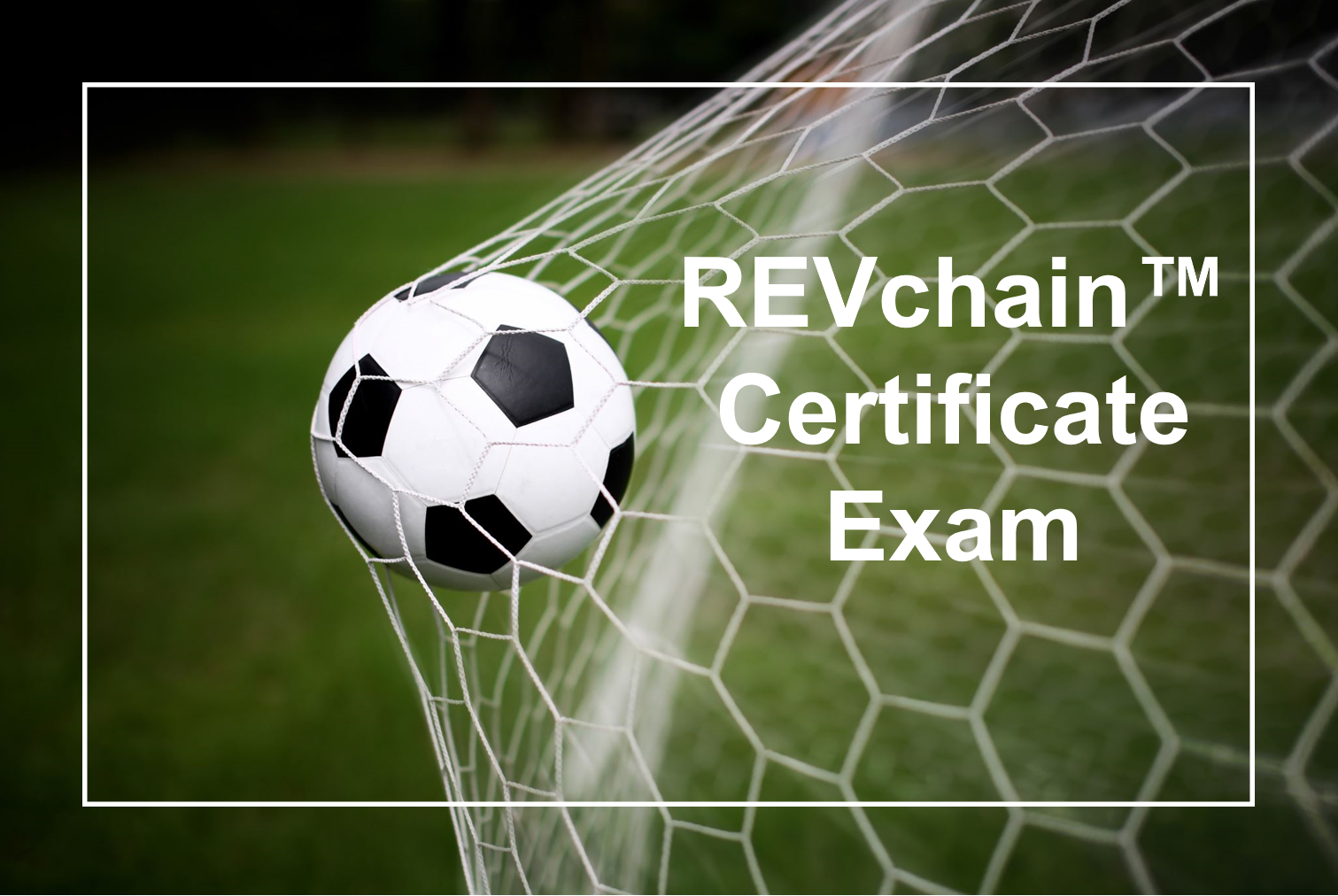
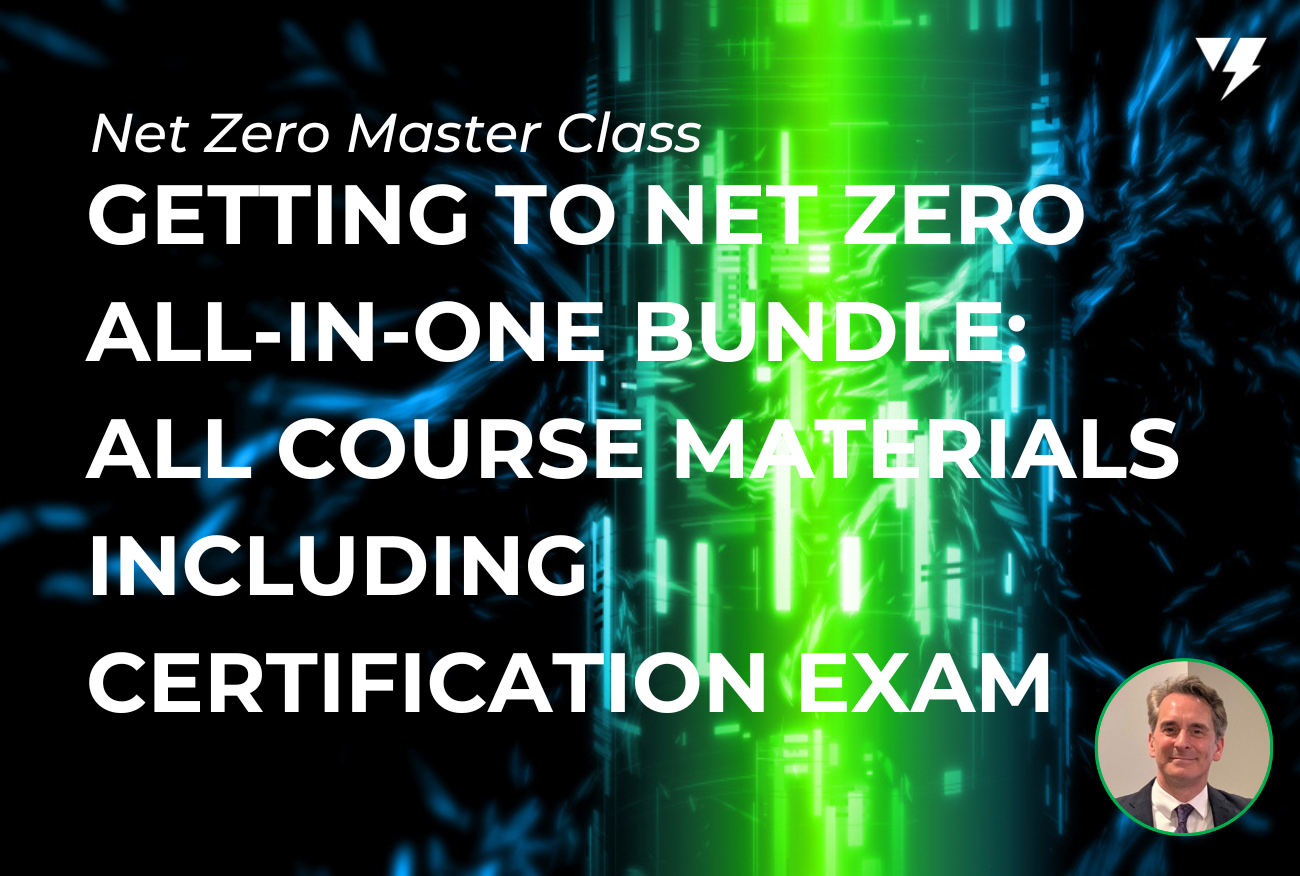
Course 9: All-in-One Bundle
1: Getting Started Mapping Your Pathway to Net Zero
2: Carbon Footprint Baseline
3: Reducing Internal (Scope 1) Emissions
4: Reducing External (Scope 2) Emissions
5: Reducing End to End (Scope 3) Emissions
6: Developing Your Net Zero Plan
7. Accelerated Summary of the 6 Key Lessons
8. Certificate Exam
BOOKS
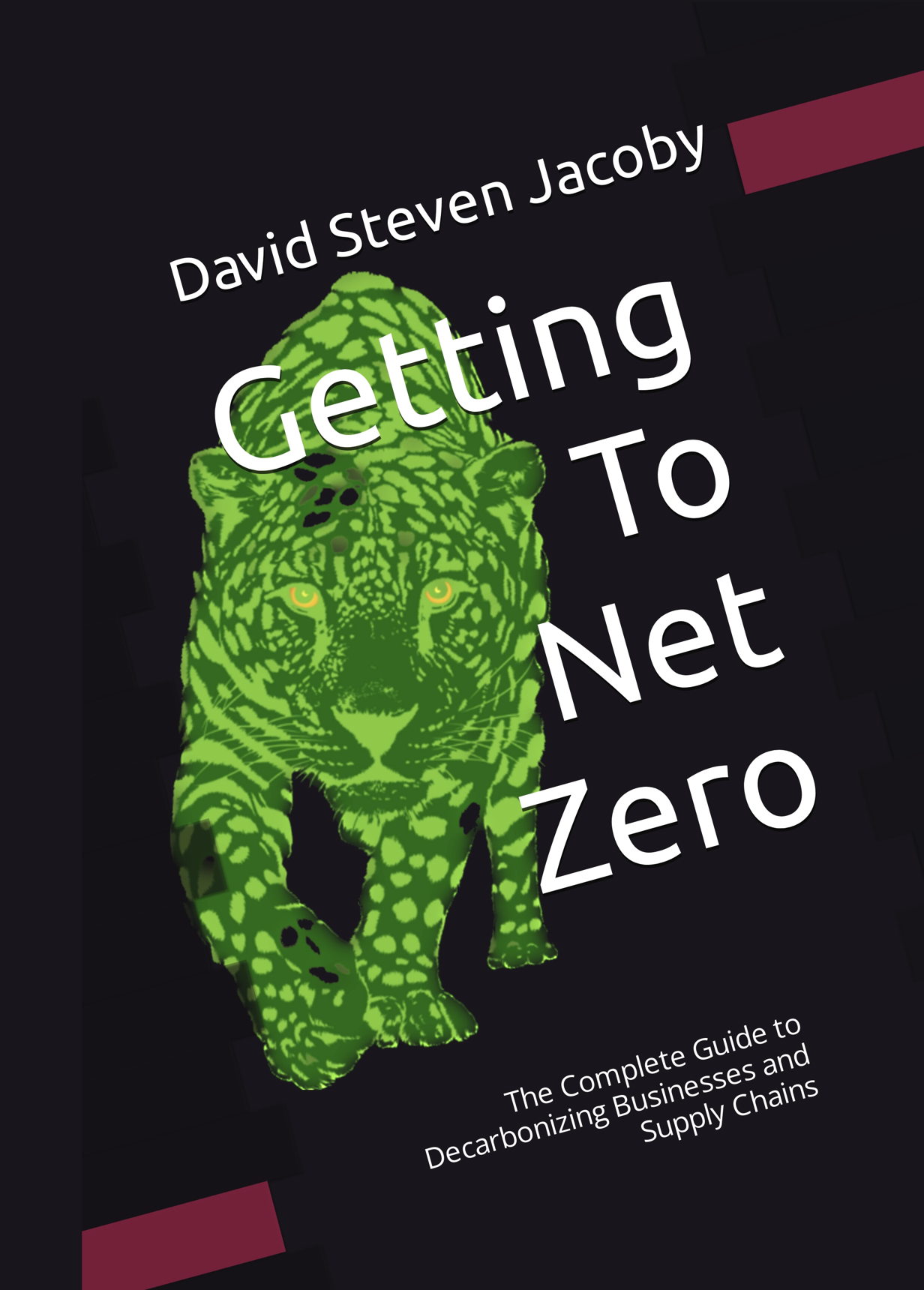
Getting to Net Zero: The Complete Guide
Getting to Net Zero: The Complete Guide to Decarbonizing Businesses and Supply Chains. Paperback.
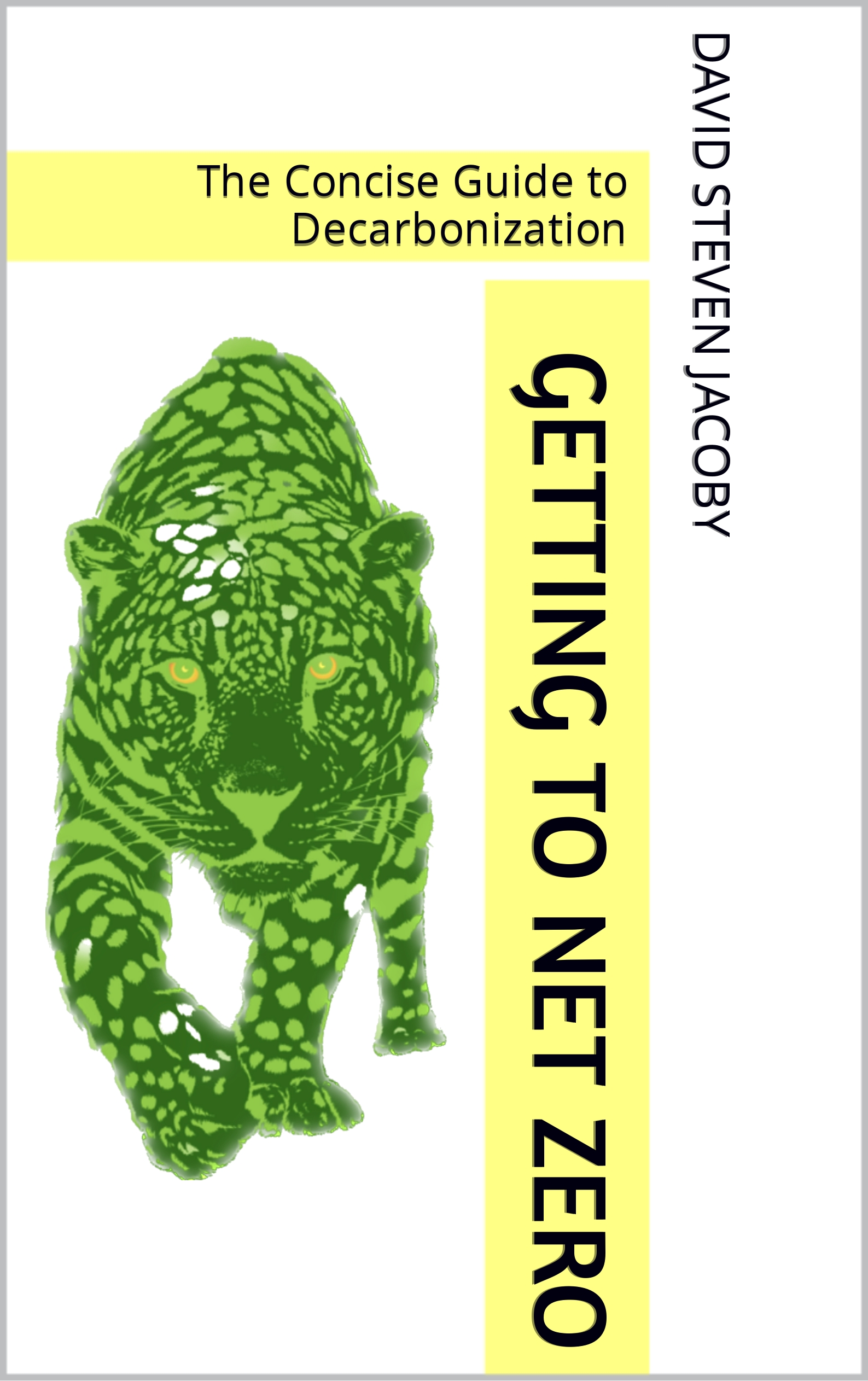
Getting to Net Zero: The Concise Guide
Getting to Net Zero: The Concise Guide to Decarbonizing Businesses and Supply Chains. Paperback.
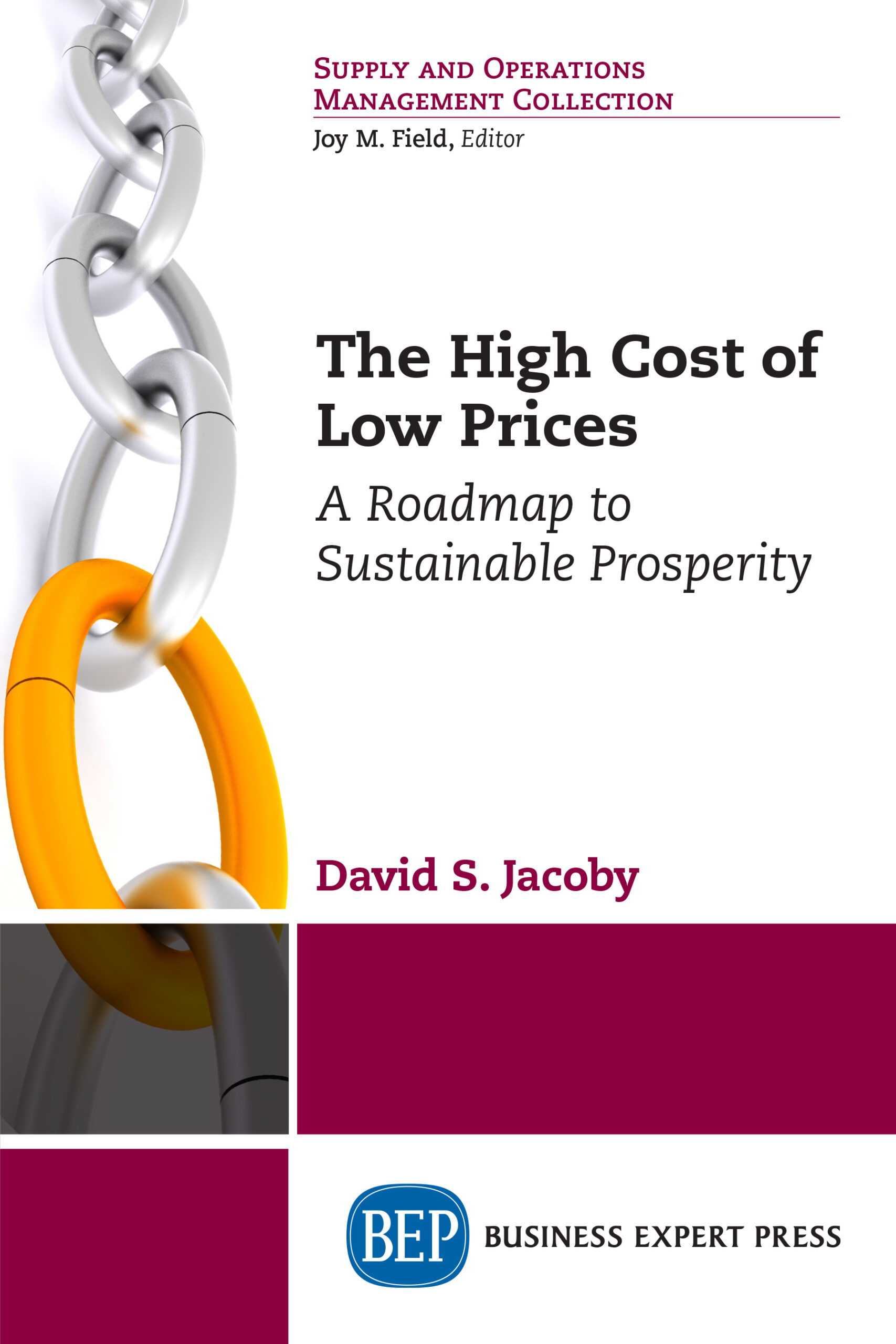
High Cost of Low Prices
The High Cost of Low Prices. Paperback.
